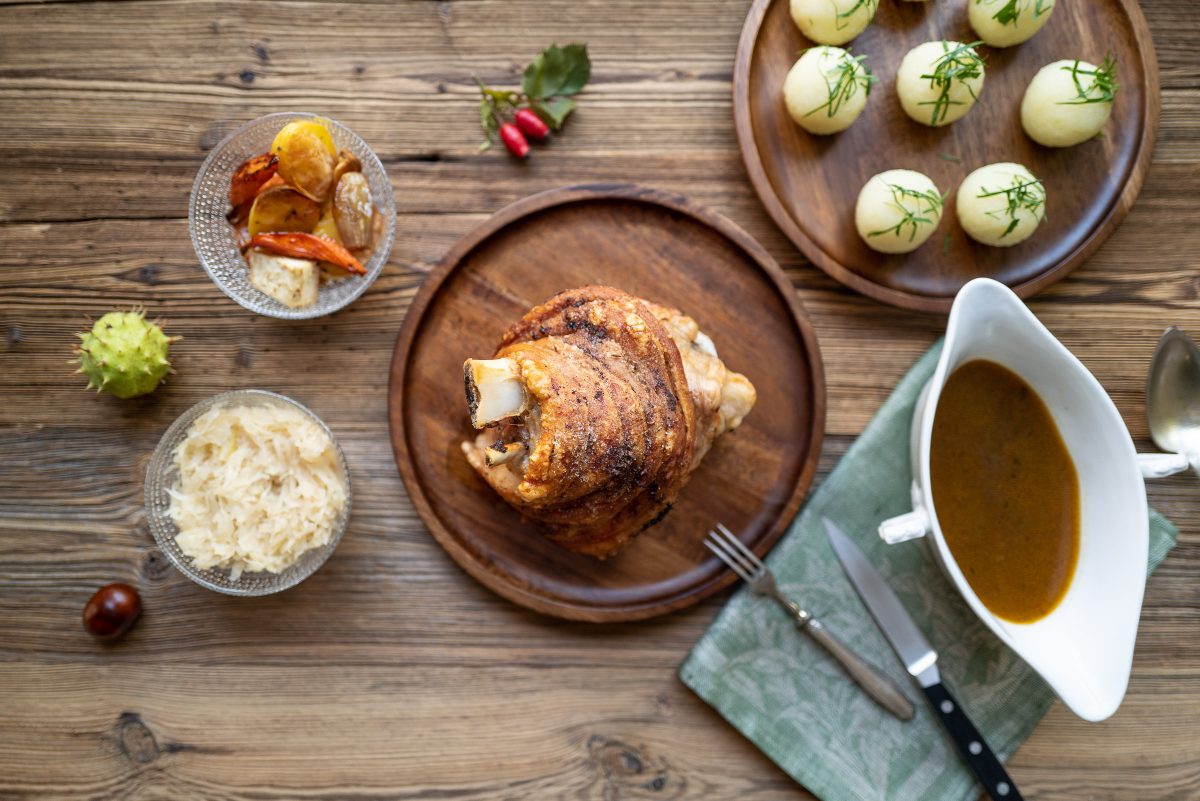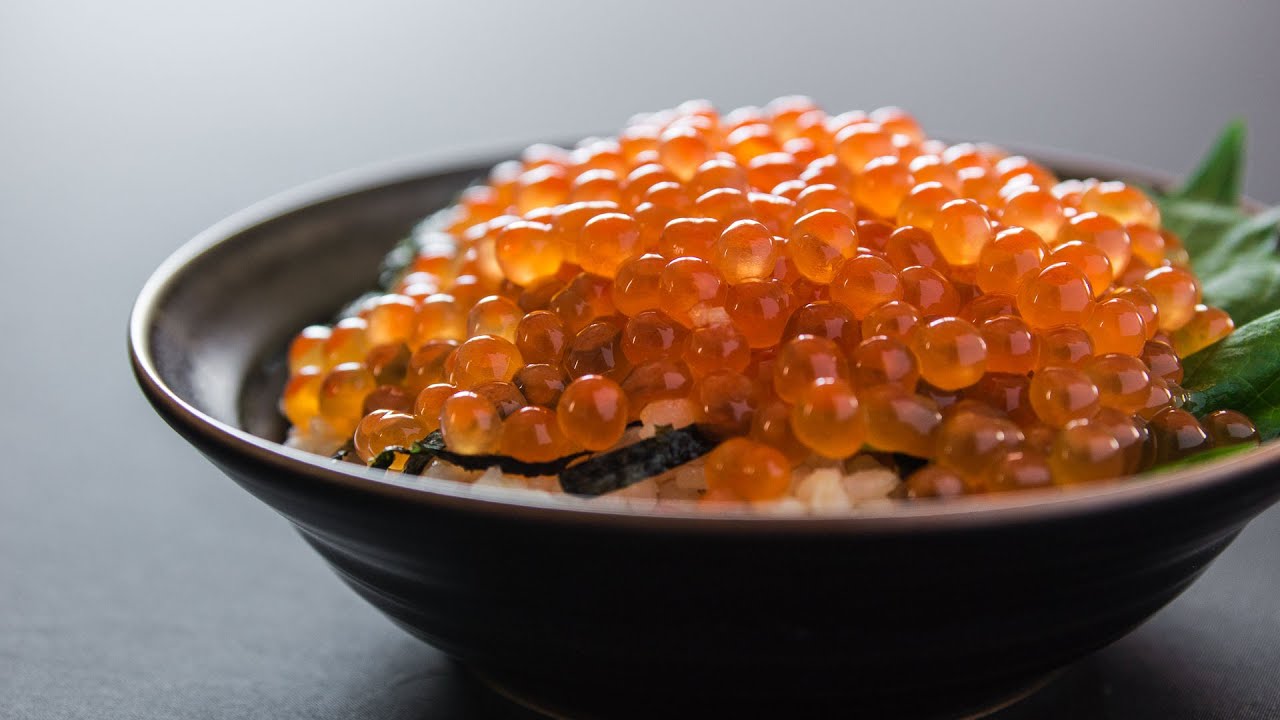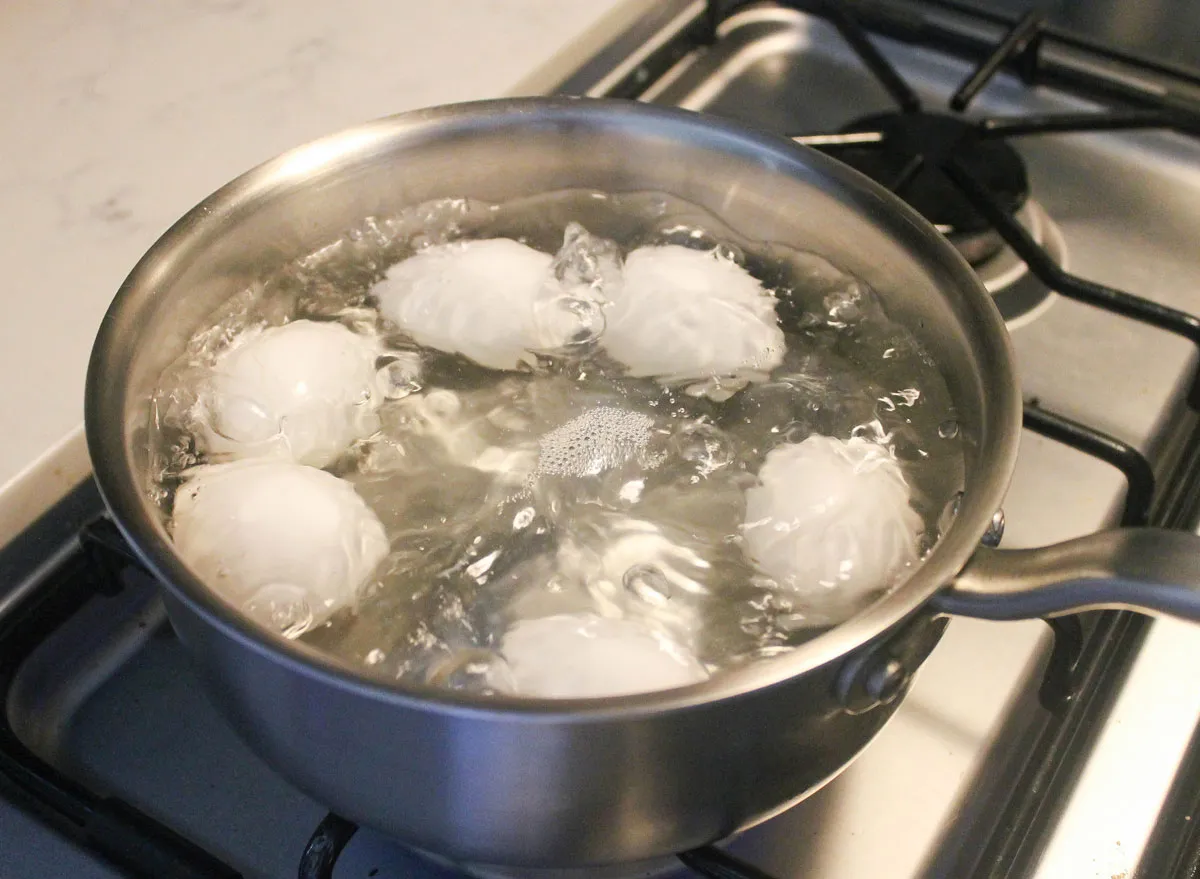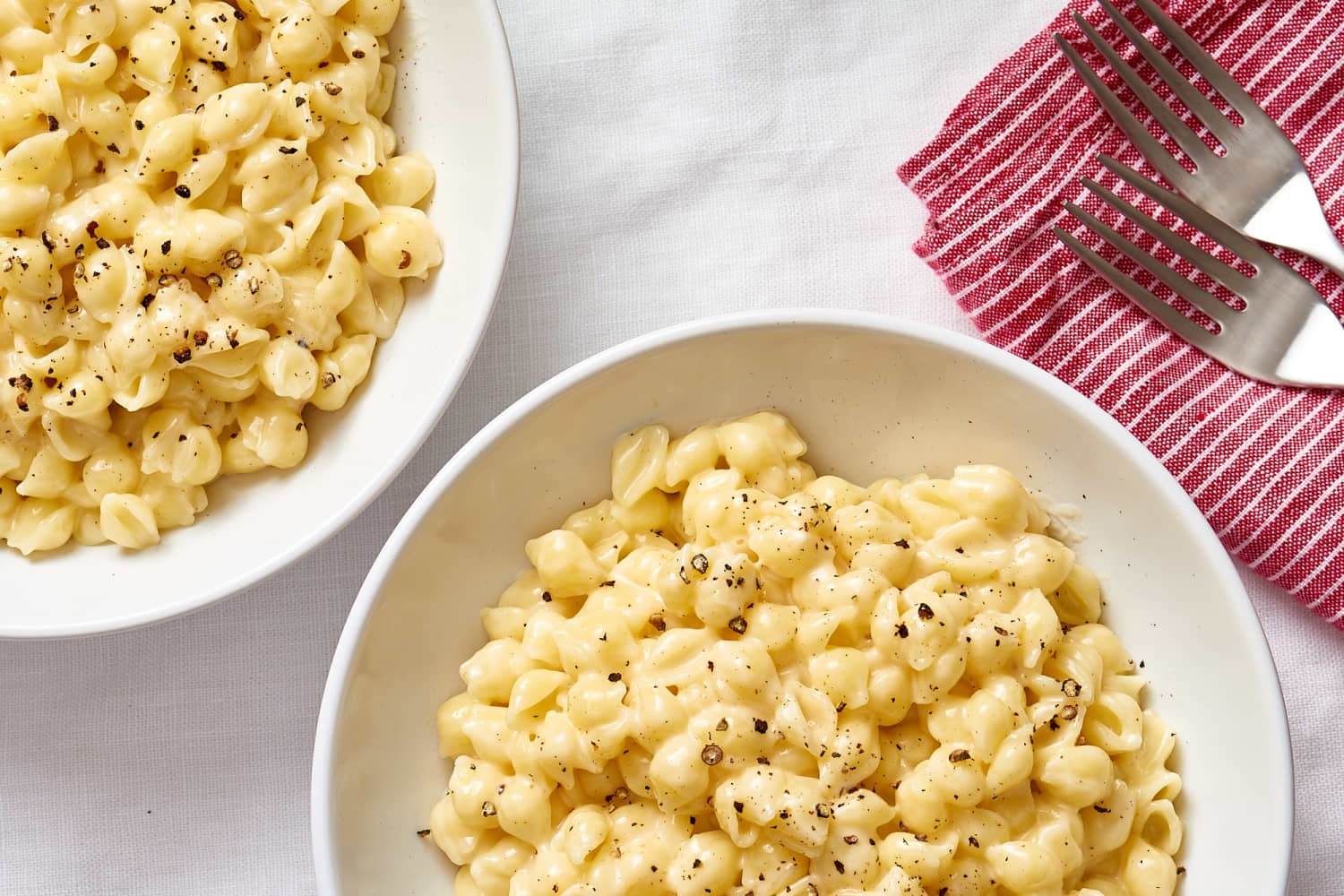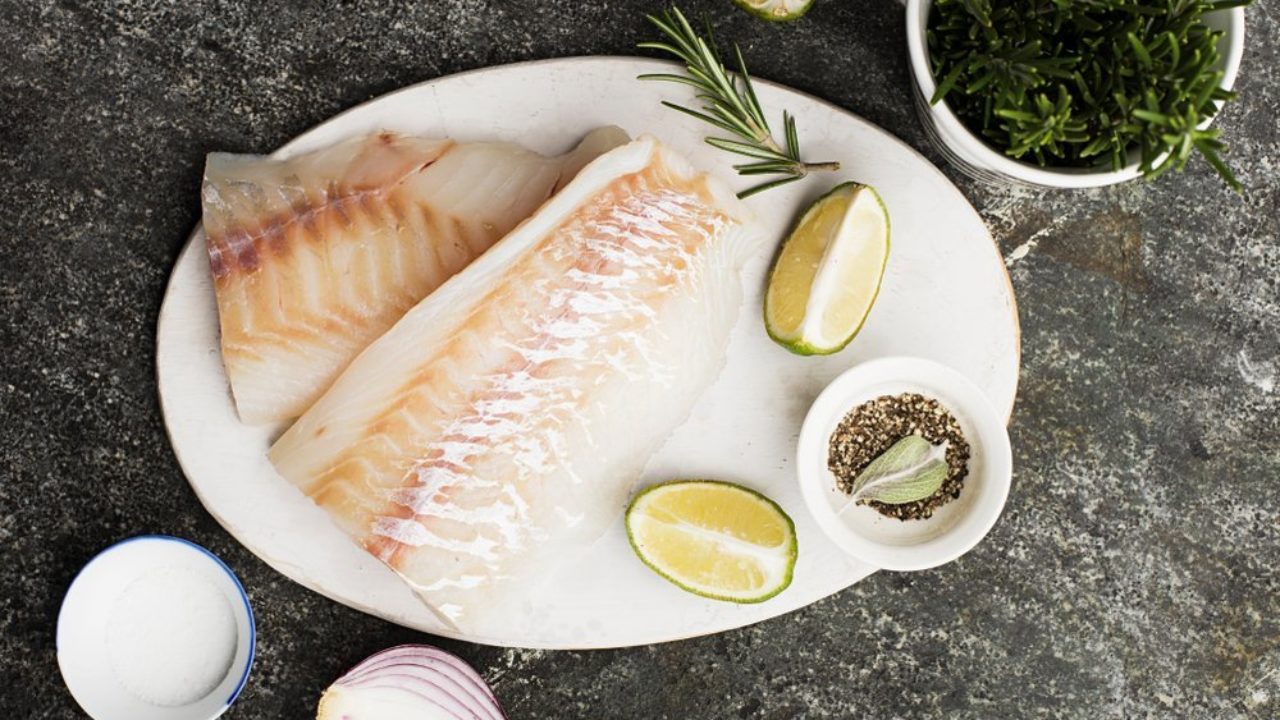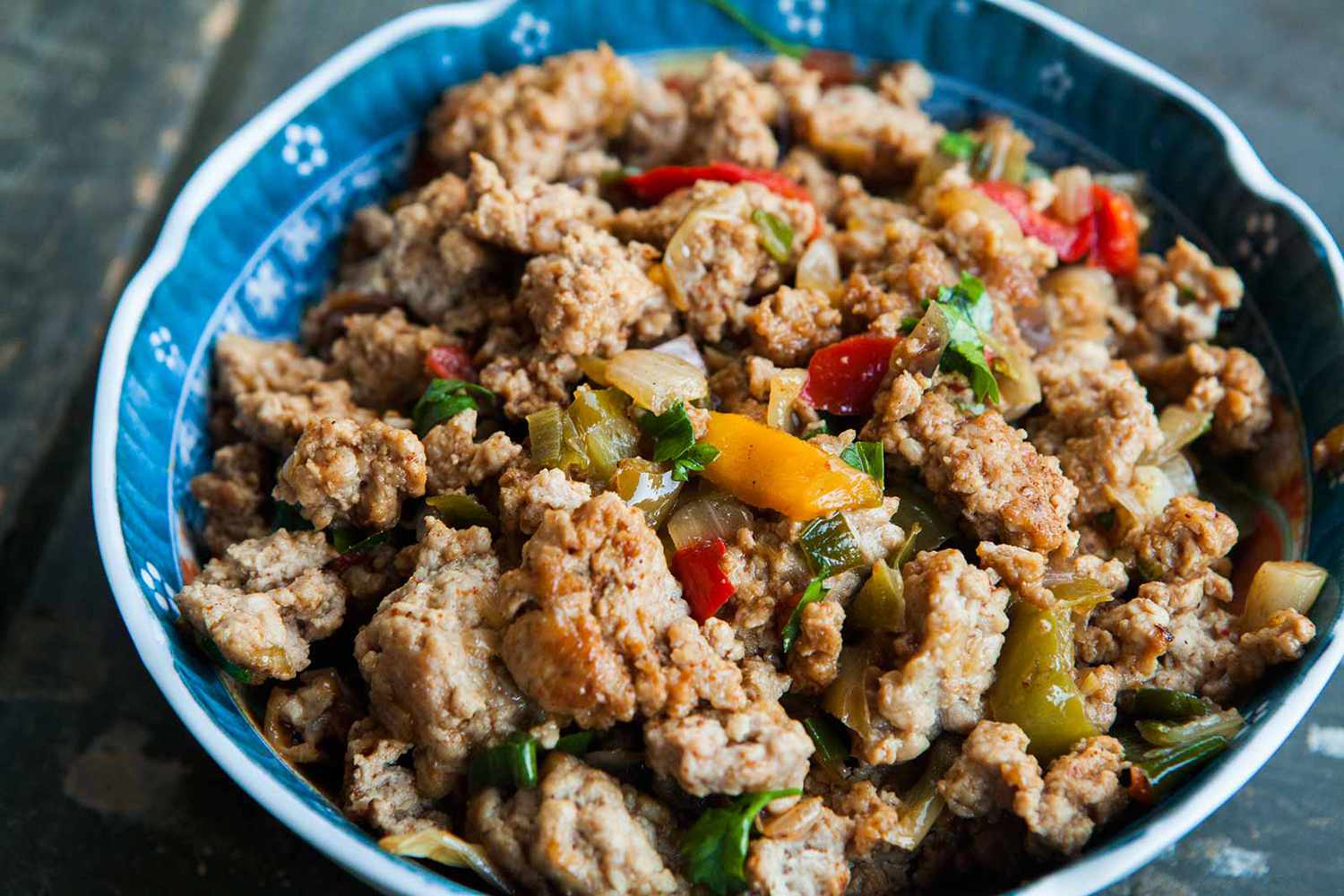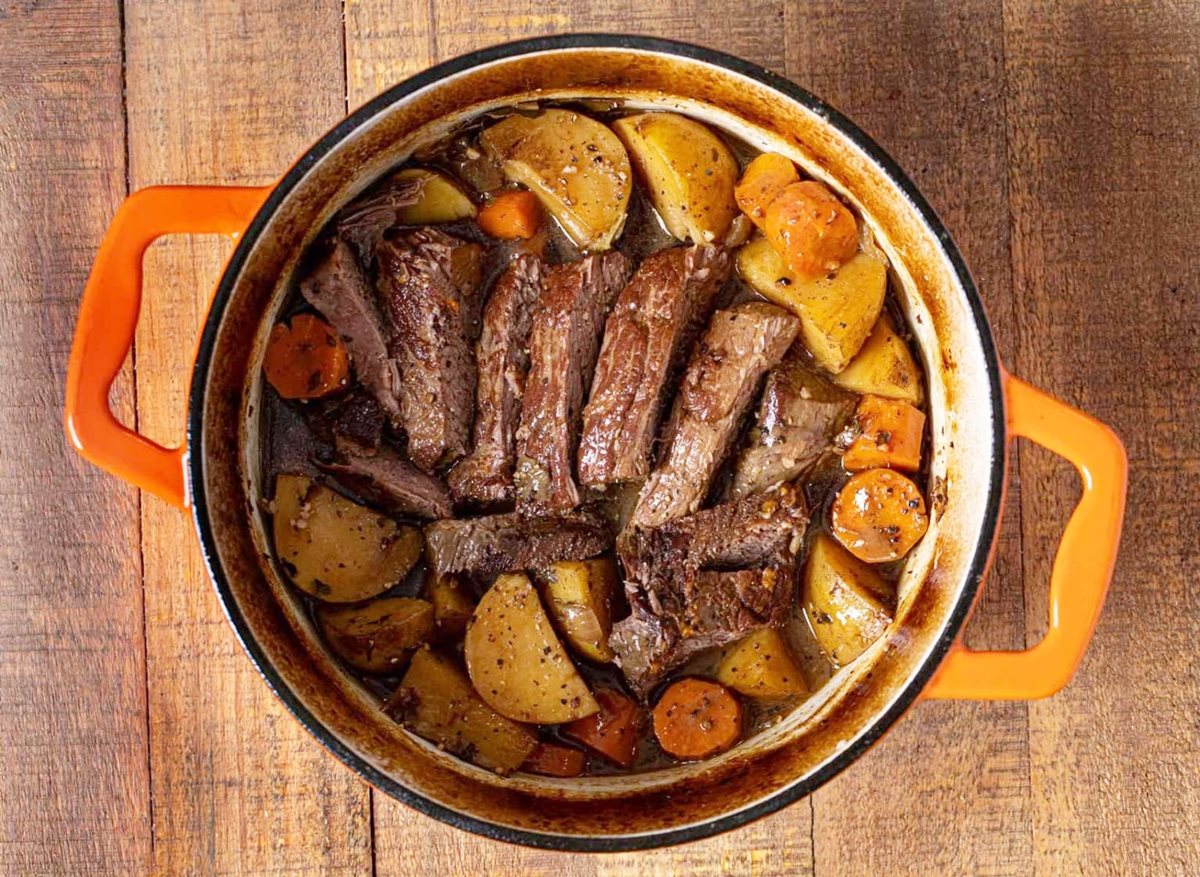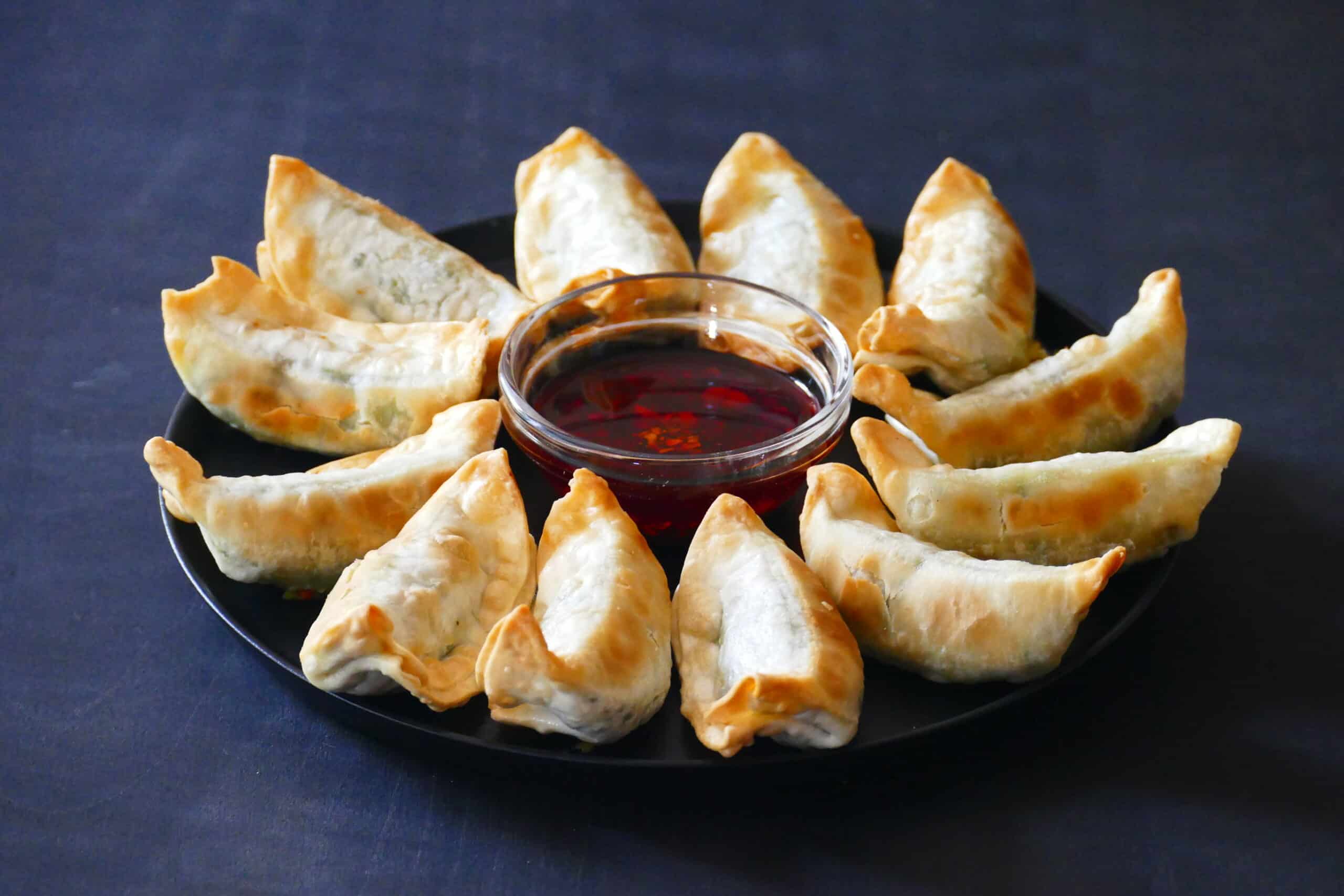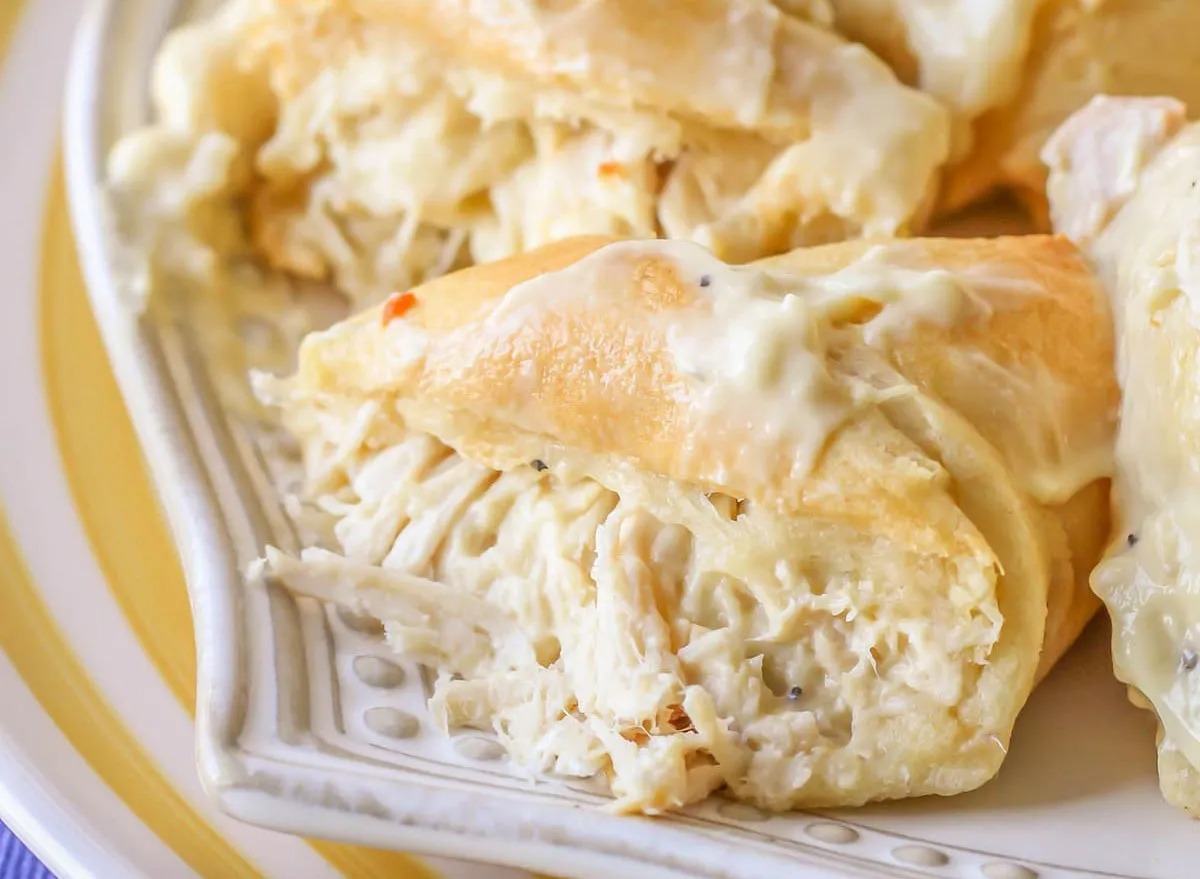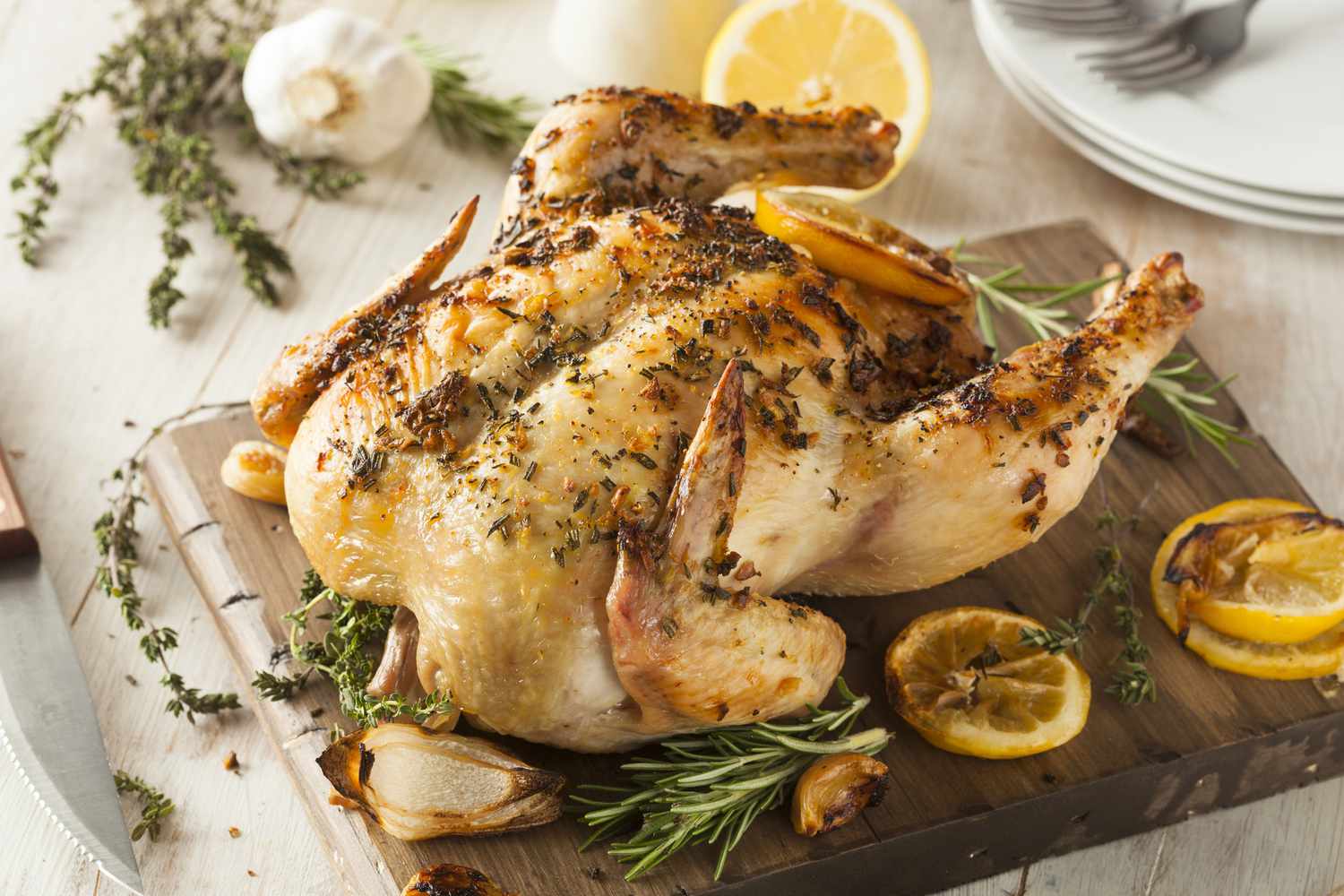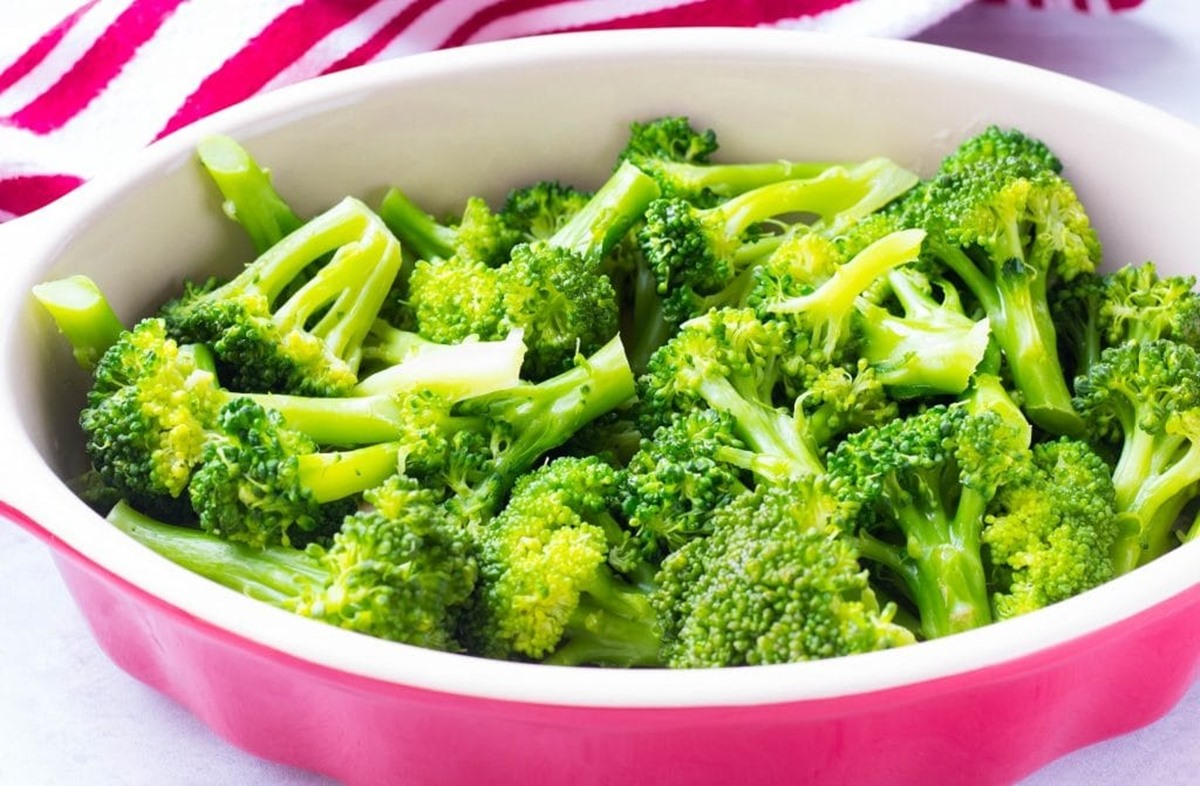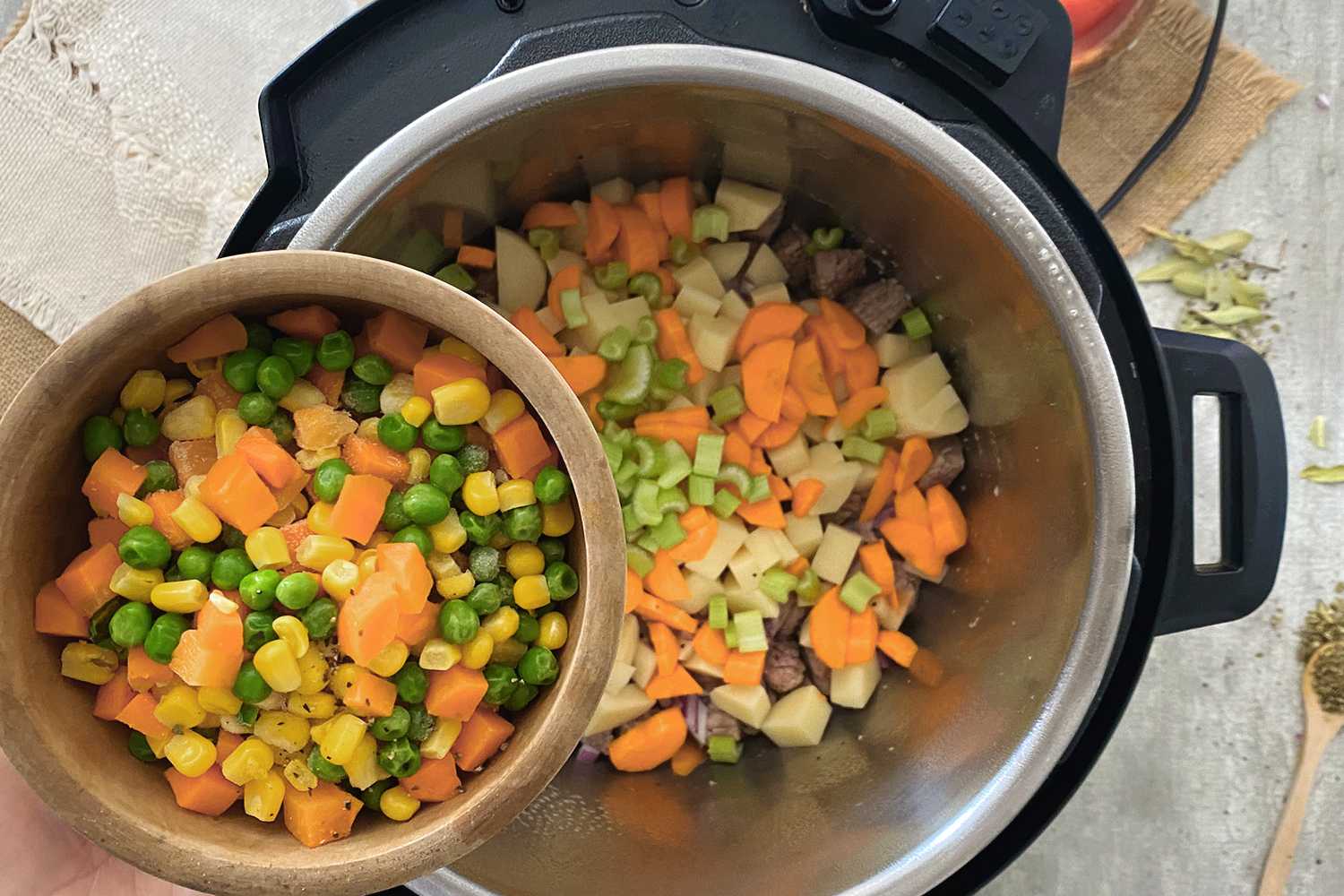Unlock the Magic of Pressure Cooker Soup Making
Are you ready to take your soup game to the next level? Look no further than your trusty pressure cooker! This versatile kitchen appliance is a game-changer when it comes to making delicious, flavorful soups in no time. Say goodbye to long cooking hours and hello to quick, easy, and incredibly tasty homemade soups. In this article, we’ll guide you through the steps of cooking soup in a pressure cooker, so grab your apron and let’s get started!
Why Cook Soup in a Pressure Cooker?
Before we dive into the cooking process, let’s talk about why using a pressure cooker is the perfect choice for making soup. Here are a few key benefits:
- Time-Saving: With a pressure cooker, your soup can be ready in a fraction of the time compared to traditional stovetop cooking. The high-pressure environment helps to speed up the cooking process so that you can enjoy your soup in no time.
- Enhanced Flavors: The sealed environment of a pressure cooker allows flavors to intensify and meld together beautifully. This means your soup will have a depth of flavor that would usually take hours to achieve.
- Retains Nutrients: Cooking soup in a pressure cooker preserves more nutrients compared to other cooking methods. The shorter cooking time helps to retain vitamins and minerals that may be lost during prolonged cooking.
- Versatility: Pressure cookers are not limited to just soup making. You can use them for a wide range of dishes, from stews and sauces to risottos and even desserts!
Step-by-Step Guide to Cooking Soup in a Pressure Cooker
Step 1: Gather Your Ingredients
Start by gathering all the ingredients for your soup. Whether you’re craving a classic chicken noodle soup, a hearty vegetable stew, or a creamy tomato bisque, ensure you have everything on hand before you begin.
Step 2: Prep Your Ingredients
Next, it’s time to prep your ingredients. Chop your vegetables, dice your meats, and gather any additional spices or herbs you’ll be using. Prepping in advance will make the cooking process seamless.
Step 3: Sauté Your Aromatics
Most pressure cookers have a sauté function, which allows you to lightly cook your aromatics before adding the remaining ingredients. Heat a small amount of oil or butter in the pressure cooker, then sauté onions, garlic, or any other aromatics to build depth of flavor in your soup.
Step 4: Add Remaining Ingredients
Once your aromatics are sautéed to perfection, it’s time to add the remaining ingredients. This includes your broth, vegetables, meats, and any other desired components. Be sure not to exceed the maximum fill line to prevent any potential safety hazards.
Step 5: Seal and Set Your Pressure Cooker
Now, it’s time to lock the lid of your pressure cooker and set it to the appropriate settings. Follow the instructions of your specific pressure cooker model for setting the pressure and cooking time. Different soups may have different cooking requirements, so consult your recipe or the manufacturer’s guidelines for best results.
Step 6: Let the Pressure Release Naturally
Once the cooking time is complete, it’s essential to let the pressure release naturally. This allows the flavors to further develop and ensures that your soup is evenly cooked. Follow the manufacturer’s instructions for safe pressure release.
Step 7: Enjoy Your Flavorful Homemade Soup
Finally, it’s time to enjoy the fruits of your labor! Carefully open the pressure cooker, and savor the aroma that fills your kitchen. Ladle the piping hot soup into bowls, garnish as desired, and serve with crusty bread or a side salad. The result? A delicious, hearty, and comforting soup that you can proudly claim as your own!
So, the next time you’re craving a bowl of homemade soup, don’t reach for a can. Dust off your pressure cooker and get ready to amaze your taste buds with a flavorful, nutrient-packed soup that will be ready in a fraction of the time. Happy cooking!
For readers eager to try out their pressure cooker skills, there are several standout recipes to consider. The Hearty Beef Stew offers a comforting and robust flavor, perfect for a cold evening. Those who enjoy a rich, creamy texture will love the Creamy Tomato Bisque. For a nourishing and hearty vegetarian option, the Vegetable Minestrone Soup is a must-try. The Butternut Squash Soup offers a smooth and slightly sweet flavor that pairs well with a variety of meals. If you're in the mood for a classic, the Classic Chicken Noodle Soup never disappoints. Each of these recipes utilizes the pressure cooker's efficiency to create delicious, home-cooked meals in no time.
Was this page helpful?
Read Next: How To Cook Stew Meat Quickly
